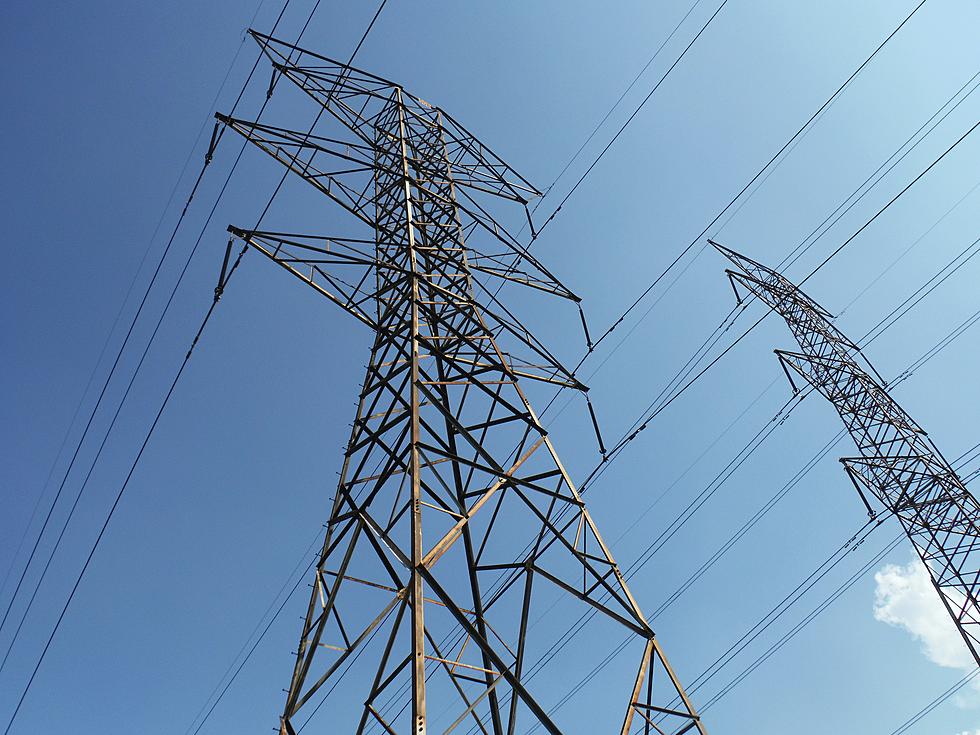
Chelan PUD Delays Cryptocurrency Rate Hike Second Time In 2023
Chelan PUD is delaying a rate increase for some of its biggest power users for a second time this year.
The postponement will let the commission look over new proposed changes to the structure of those rates and other proposed changes.
PUD business manager Lindsey Mohns says staff is now proposing to include data centers along with bitcoin miners in the highest rate payer class.
"Does the data center look different than a crypto currency customer?" said Mohns. "And this reflects the answer to that question. No. They do look the same on our system, So, we're proposing to combine those two classes together...or two types of these together."
Mohns noted in Monday's Chelan PUD board meeting that the highest rate payer class, which is known as Rate 36, includes a limited number of crypto currencies and data centers.
"As far as our current customers go, we have seven services that would fall under this new definition of Rate 36," Mohns said. "And those seven services have a total authorized load of just about nine megawatts."
There are 7 services, run by 4 different data center or cryptocurrency operations that have a combined usage of nine megawatts.
There's an eighth application under review which would bring the total authorized load forecast to 9.5 Megawatts.
At 9.5 megawatts, the customers in Rate 36 would be charged for the cost to produce the energy, which is currently figured at 3.04¢ per kilowatt hour.
The rate paid by the data centers and the bitcoin miners in Rate 36 would spike if they collectively used more than 10 megawatts.
The 3.04¢ per kilowatt hour would be blended with the current market energy charge, which is now 12¢. The outcome of the blending process would nearly double the charge for Rate 36 customers from the 3.04¢ to 6.03¢ per kilowatt hour.
The market energy charge is figured by several factors, including a index price along with administrative cost and other energy charges.
Other high power use customers are in the rate payer class called Rate 35. They're considered High Density Load users similar to Rate 36, although Rate 36 customers present specific risks if their loads get excessive.
PUD staff is proposing for Rate 35 to be all customers not in Rate 36 that have an energy use intensity of 250 kilowatts per square foot per year.
Chelan PUD Commissioners initially adopted the higher rate for crypto-currency customers back in 2018.
It was scheduled to go into effect as Rate 36 in January of 2022, but was delayed until June.
The rate was increased again in 2023. That increase was delayed from April 1 to August 1, but is now being delayed again to October while the new proposals are being considered.
The new proposals also include measures for the PUD to reduce its exposure to the various risks it might face.
They include prohibiting high density power loads to certain areas of the county because of limitations to transmission line capabilities.
Also, new loads would not be approved if their addition exceeded 70% of design capacity for a given substation. Each substation would not carry a high-density load of more than three megawatts.
In addition, high density load customers would be the first to be cut off from power service if a particular substation experiences a peaking situation that could cause it to drop offline.
Financial measures would also be taken to avoid risk.
Demand charges would be billed to customers at the maximum amount. The customer would be billed for the full amount of power it's authorized to use.
Customers would also be billed at least 90 percent of their authorized usage amount, even if they consumed less energy.
Security deposits would also be three times a customer's projected monthly bill.
PUD commissioners agreed on Monday to delay scheduled rate hikes for Rate 36 customers until October in order for all the new proposals to be considered.
More From NewsRadio 560 KPQ









